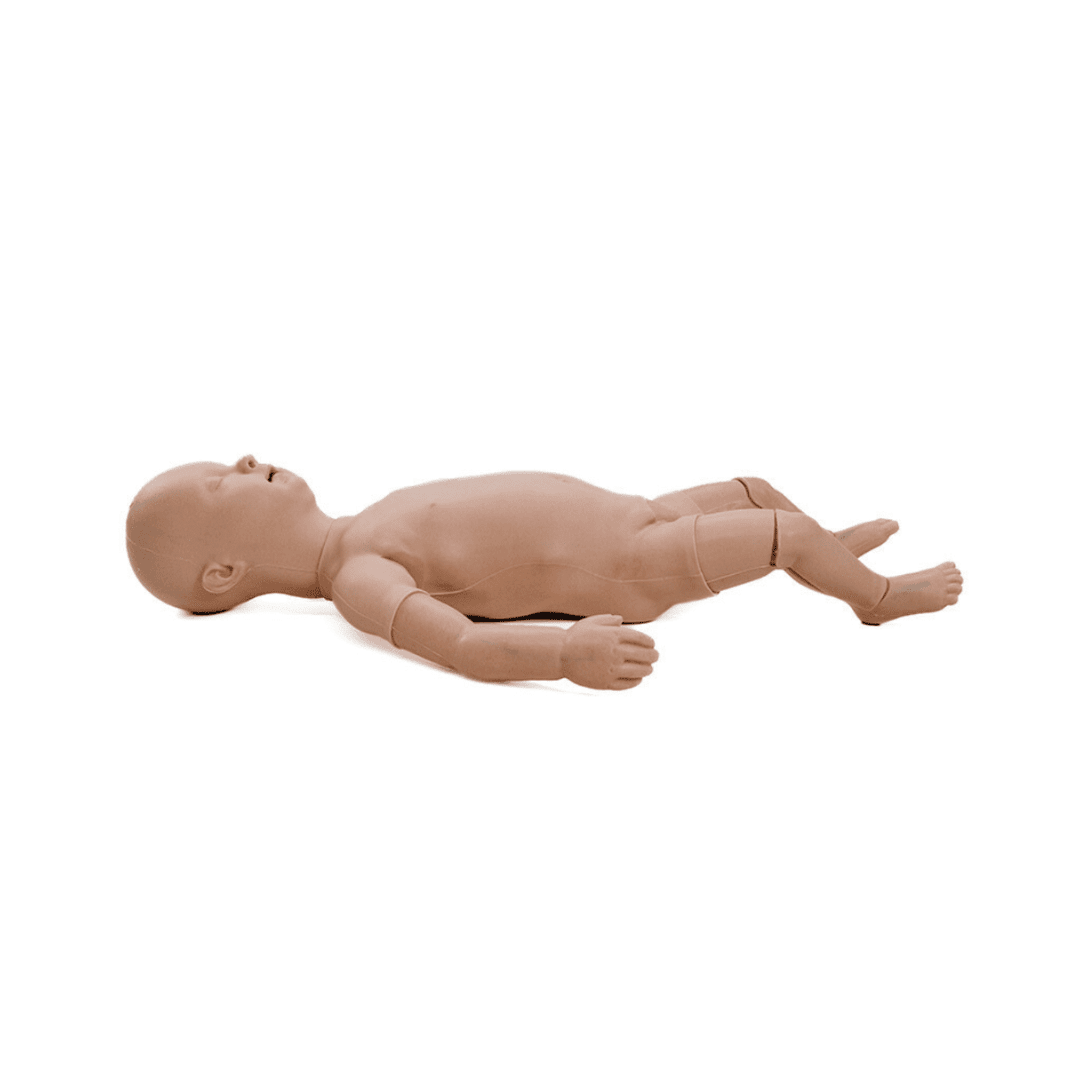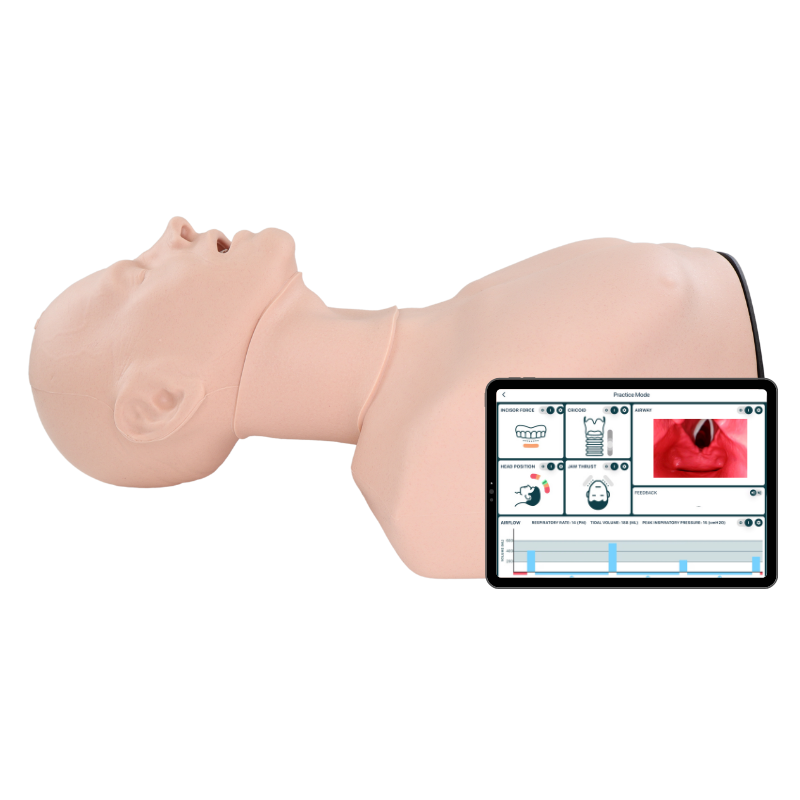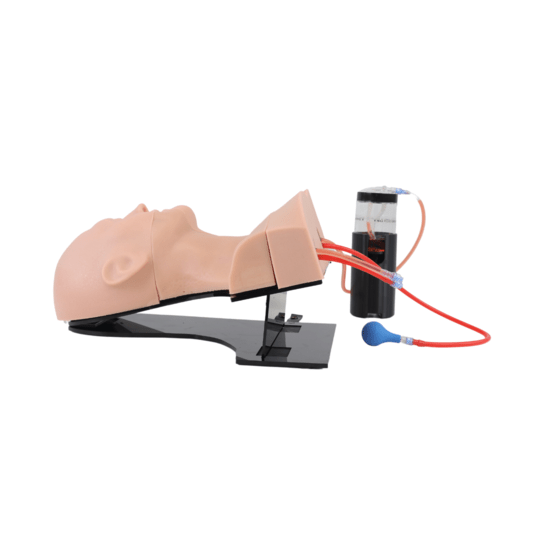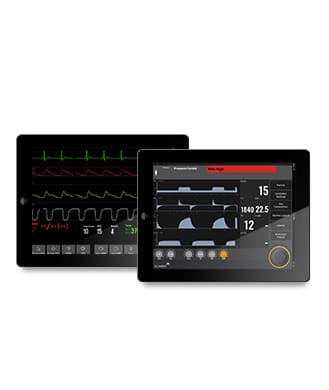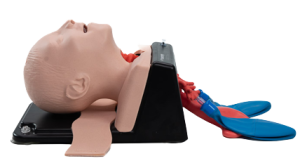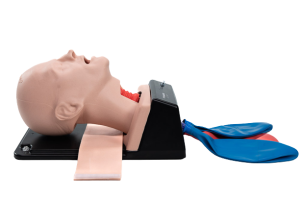
What is Restart a Heart Day?
October 16th is ‘Restart a Heart Day,’ a global initiative dedicated to raising awareness about the life-saving importance of CPR and AED skills. With over 30,000 out-of-hospital cardiac arrests occurring annually in the UK, increasing public knowledge and confidence in these critical skills is essential for improving survival rates (1).
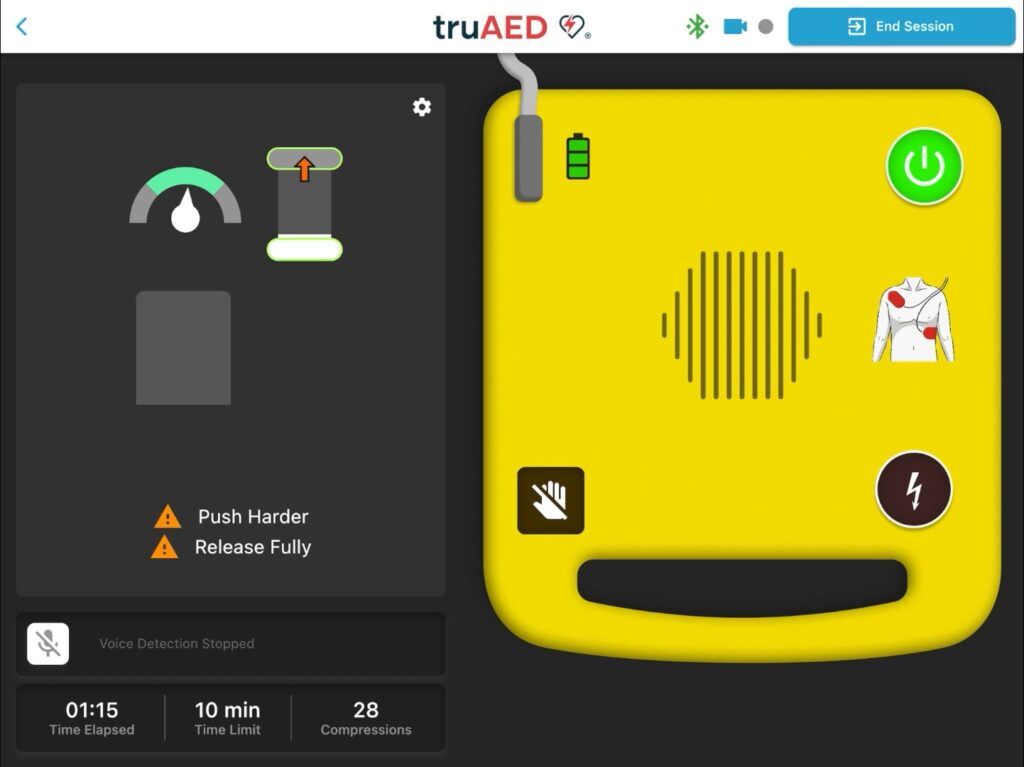
Understanding the Importance of CPR and AED Skills
Sudden cardiac arrest is a leading cause of death worldwide, and in the UK, only 1 in 10 people survive an out-of-hospital cardiac arrest (1). CPR can more than double a person’s chance of survival (2), but many bystanders hesitate to act due to a lack of confidence in their skills.
Restart a Heart Day, spearheaded by the British Heart Foundation, aims to change this by educating the public and equipping more people with the skills needed to act quickly in emergencies.
As part of this effort, we use this opportunity to refresh our team’s CPR skills and foster life-saving confidence.
How CPR and AEDs Work Together to Save Lives
Immediate response is crucial in cardiac arrest cases, and it requires both CPR and the use of an Automated External Defibrillator (AED).
CPR helps maintain blood flow to the brain and vital organs, while an AED can restore a normal heart rhythm. Time is of the essence—every minute without intervention reduces the chance of survival by up to 10% (3).
Recognizing the need for greater user confidence, TruCorp developed TruAED, an AED & CPR training app compatible with Laerdal QCPR Manikins.
The app allows users to practice using common AEDs and receive real-time feedback on the quality of their chest compressions, making training more effective and accessible.
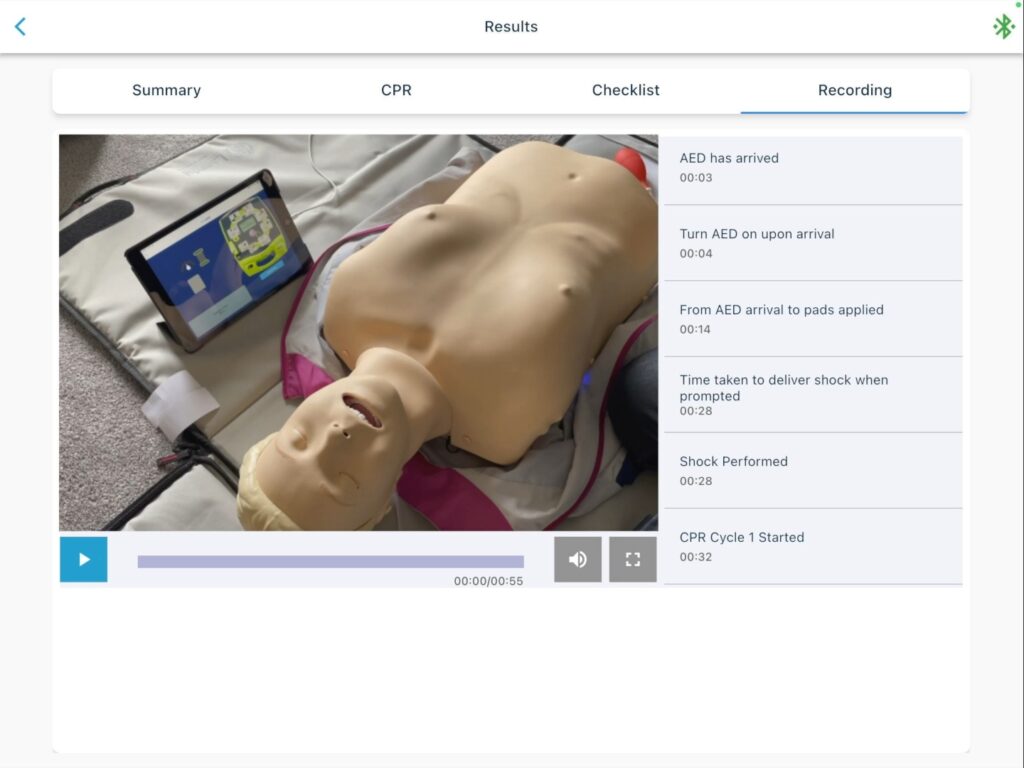
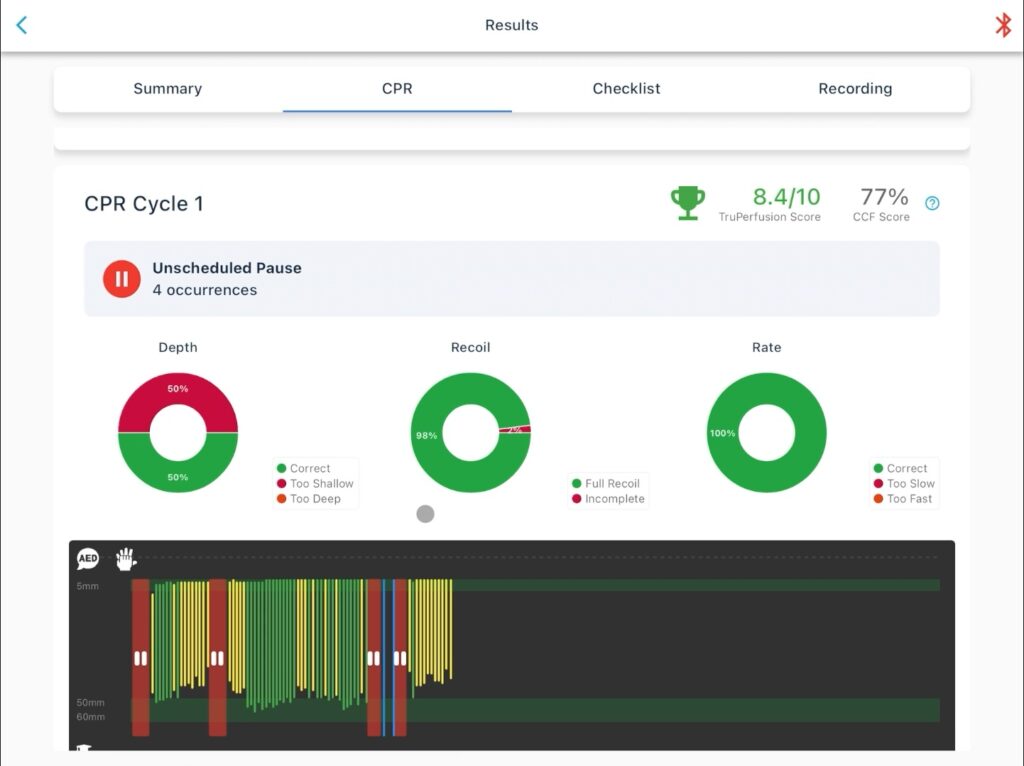
Tips for Effective CPR and AED Use
Stay Calm and Act Quickly: The most important step is to start CPR immediately. Don’t hesitate to help—your actions can save a life.
Focus on High-Quality Chest Compressions: Push hard and fast in the center of the chest, allowing full chest recoil between compressions. Aim for a rate of 100-120 compressions per minute.
Use an AED as Soon as Available: Follow the AED’s voice prompts, and ensure that no one touches the patient while the device is analyzing or delivering a shock.
Practice Regularly: Confidence comes with practice. Make use of training tools like the TruAED app to stay prepared and improve your technique.
Restart a Heart Day is a powerful reminder that knowing how to respond to cardiac arrest can mean the difference between life and death. You can learn CPR in as little as 15 minutes through resources like the British Heart Foundation’s website. If you have access to a Laerdal QCPR manikin, enhance your training experience with our TruAED app, available on the Play Store and App Store, which offers real-time feedback and performance tracking to refine your skills. Avail of a 14-day free trial now.
For more information about our training solutions, contact our team at [email protected] or submit a contact form on our website. Let’s work together to build a community that is prepared to save lives.
References
1. Restart a Heart Day (no date) British Heart Foundation. Available at: https://www.bhf.org.uk/how-you-can-help/how-to-save-a-life/restart-a-heart-day (Accessed: 09 October 2024).
2. American Heart Association – CPR Facts and Stats (no date) cpr.heart.org. Available at: https://cpr.heart.org/en/resources/cpr-facts-and-stats (Accessed: 09 October 2024).
3. American Heart Association – Out-of-Hospital Chain of Survival (2024) cpr.heart.org. Available at: https://cpr.heart.org/en/resources/cpr-facts-and-stats/out-of-hospital-chain-of-survival (Accessed: 09 October 2024).


